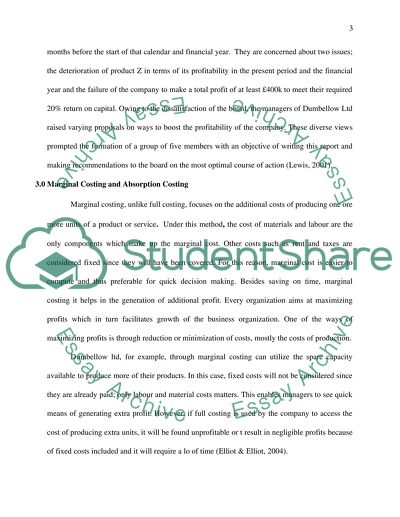Cite this document
(“Report On Product Costing For Dumbellow Ltd Essay”, n.d.)
Report On Product Costing For Dumbellow Ltd Essay. Retrieved from https://studentshare.org/finance-accounting/1402660-report-on-product-costing-for-dumbellow-ltd
Report On Product Costing For Dumbellow Ltd Essay. Retrieved from https://studentshare.org/finance-accounting/1402660-report-on-product-costing-for-dumbellow-ltd
(Report On Product Costing For Dumbellow Ltd Essay)
Report On Product Costing For Dumbellow Ltd Essay. https://studentshare.org/finance-accounting/1402660-report-on-product-costing-for-dumbellow-ltd.
Report On Product Costing For Dumbellow Ltd Essay. https://studentshare.org/finance-accounting/1402660-report-on-product-costing-for-dumbellow-ltd.
“Report On Product Costing For Dumbellow Ltd Essay”, n.d. https://studentshare.org/finance-accounting/1402660-report-on-product-costing-for-dumbellow-ltd.


